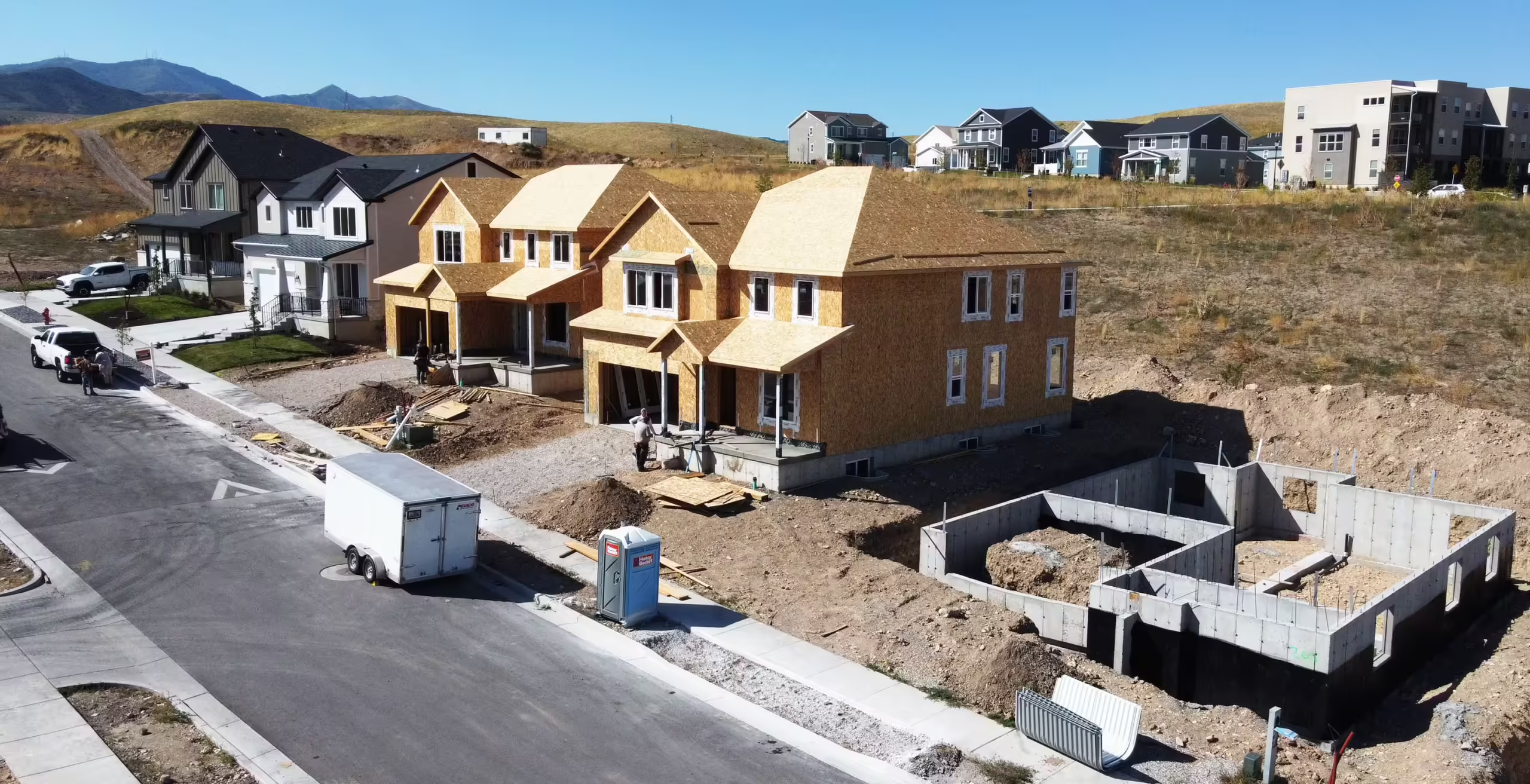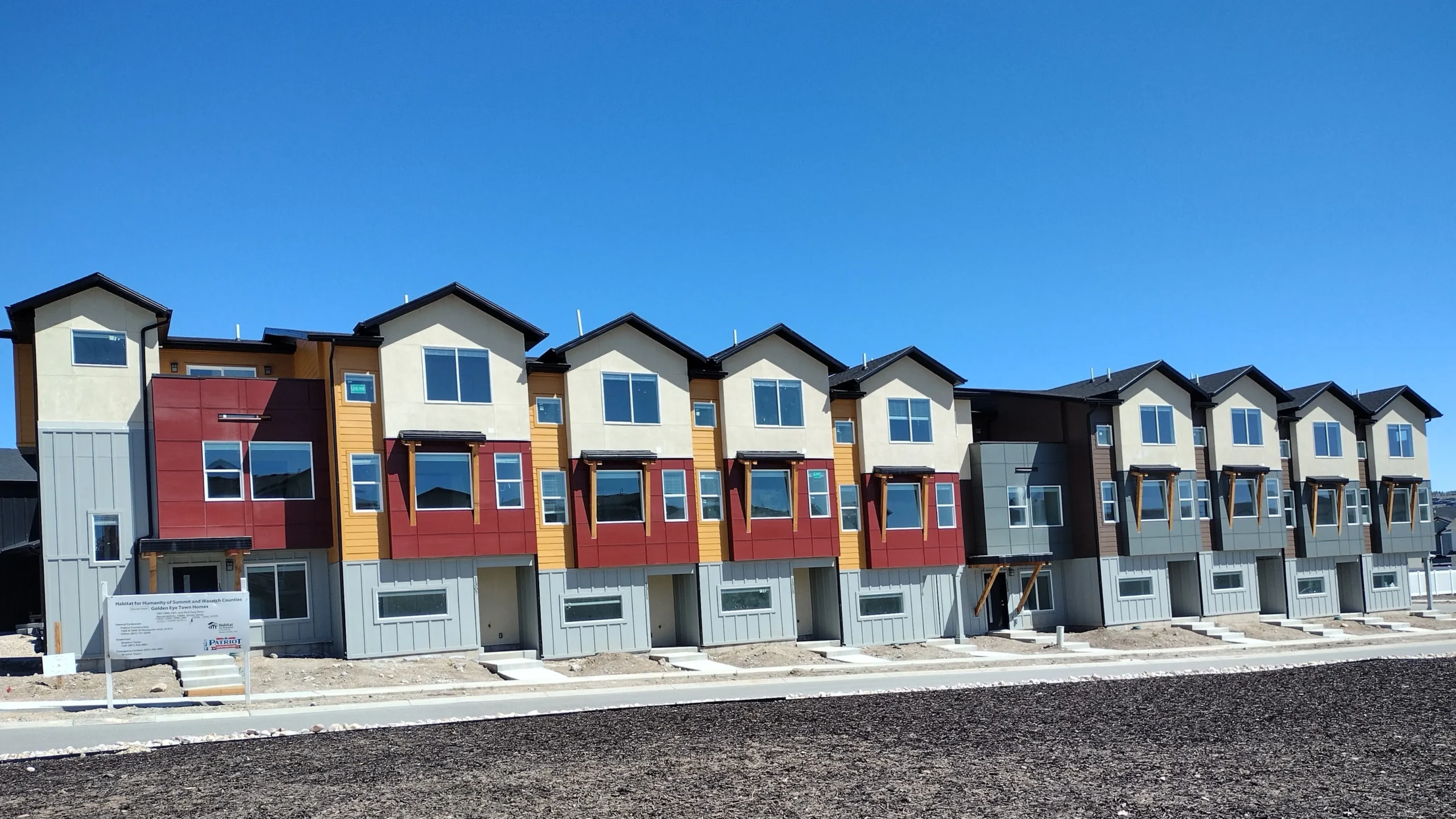This op-ed originally appeared in Daily Herald on November 9, 2024.
Recently, Californians voted against Proposition 33, a ballot measure that would have allowed cities across the state to impose broader rent control policies. Despite record-breaking campaign spending — over $150 million between supporters and opponents — 62% of voters rejected the measure.
Proposition 33 would have repealed California’s Costa-Hawkins Rental Housing Act, which limits rent controls on certain types of housing, including single-family homes and newer apartments. But the defeat of this proposition raises an important question for states facing similar housing challenges: Is rent control really the right solution?
For Utah, the answer is clear: No.
Utah, unlike California, has no statewide rent control policies — and this is a good thing. The experiences of California and other states illustrate why rent control is more harmful than helpful, particularly in states like Utah, where population growth and housing shortages are pressing issues.
Why rent control fails to solve housing shortages
While rent control is often presented as a way to protect tenants from rising rent prices, it fails to address the root causes of housing shortages. Rent control imposes artificial price limits on rental units, making it harder for landlords to raise rents. While this may sound appealing in theory, the economic realities of price controls tell a different story.
- Reduced housing supply over time: One of the biggest drawbacks of rent control is its negative impact on new housing development. Rent control reduces the potential return on investment for developers, which can make new construction projects financially unviable. In high-demand markets like California, this disincentive leads to fewer new apartments being built, further exacerbating the housing shortage. Utah, with its rapidly growing population, needs more housing units, not fewer. If rent control were implemented, it could dampen the motivation for developers to invest in the state’s housing market, ultimately raising prices by reducing supply.
- Decline in quality and maintenance of rental units: Rent-controlled properties tend to see less maintenance over time. Since landlords have limited ability to raise rents, they are less likely to invest in the upkeep and improvement of their buildings. In California, some rent-controlled buildings have become notorious for deteriorating conditions, as property owners struggle to cover maintenance costs. Utah renters deserve safe, well-maintained homes, but rent control leads to a decline in property quality over time.
- Does not address underlying causes of high rents: High rents are generally a symptom of a housing shortage. By imposing rent controls, policymakers attempt to fix the symptom without addressing the underlying cause — insufficient housing supply. If the goal is to make housing more affordable, the focus should be on increasing the availability of affordable housing options, not on restricting rental prices.
A better path for Utah
Rather than pursuing restrictive rent control policies, Utah should continue to focus on increasing housing supply through zoning reform, reduced regulatory barriers and incentives for new development. Efforts to streamline the permitting process and encourage the construction of multifamily units can help alleviate the housing shortage without the unintended consequences of rent control.
Moreover, Utah’s housing policies should continue to prioritize long-term solutions that address the fundamental economic dynamics of supply and demand. By creating an environment that encourages new construction, Utah can work to ensure that housing remains affordable without resorting to short-sighted measures that ultimately harm renters, landlords and communities alike.
Lessons from California’s vote
California’s rejection of Proposition 33 sends a powerful message: Rent control is not a sustainable solution to the housing crisis.
As Utah continues to grapple with its own housing challenges, policymakers and voters should consider the evidence from other states and prioritize strategies that truly expand housing access. With a balanced approach that promotes development and avoids restrictive policies, Utah can address its housing needs while maintaining affordability and quality for its residents.
In summary, Utah’s decision to avoid rent control has been a smart one. By focusing on expanding housing supply and fostering a supportive environment for builders and renters alike, Utah can keep moving in the right direction — toward a future where affordable housing is available for everyone without the unintended consequences that rent control has brought to other states.







